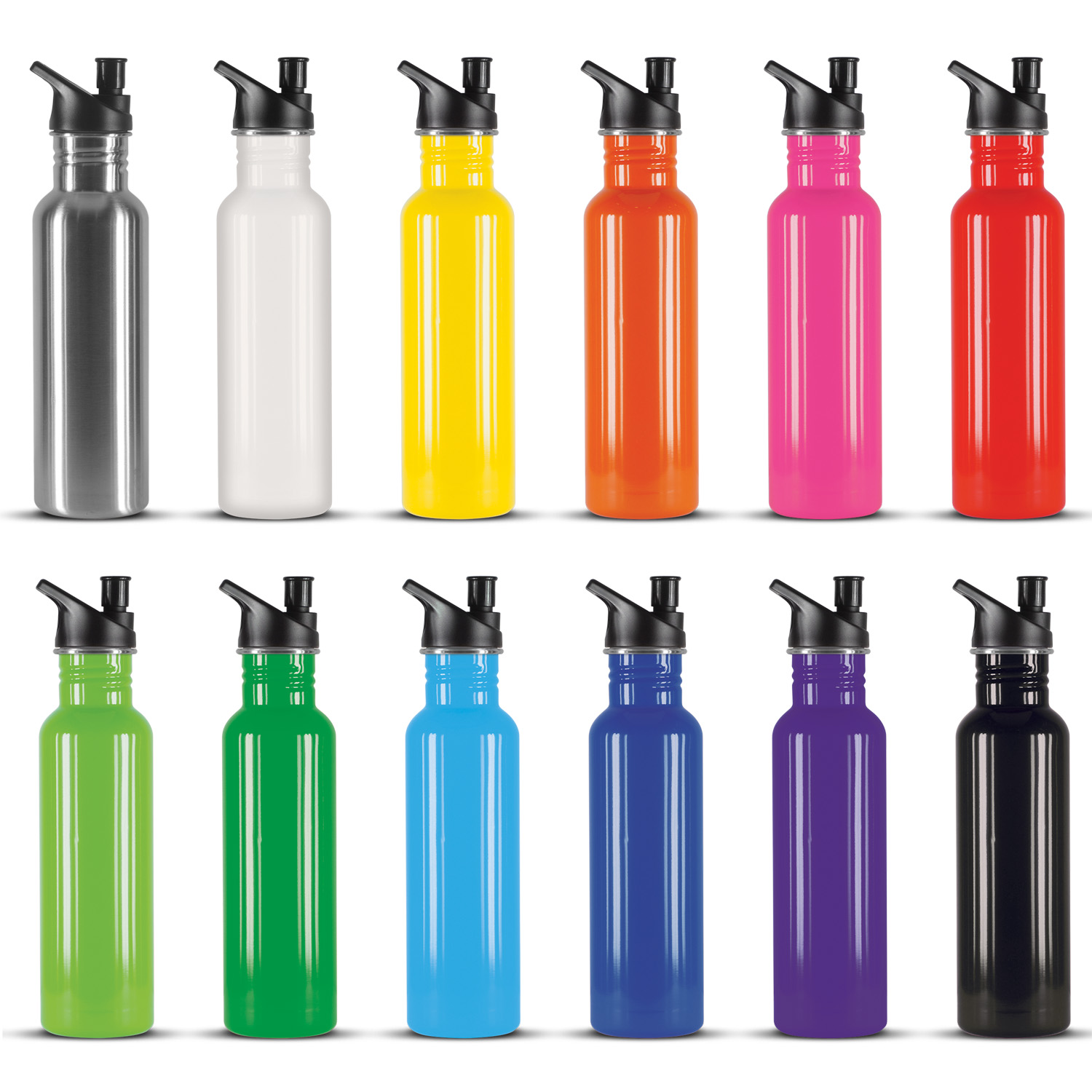When it comes to reducing waste, saving money and being healthy, stainless steel water bottles are most definitely one of the first and most important steps you should take.
Statistics
If tap water cost the same as bottled water, the average monthly bill would be about $9,000!
If you traditionally purchase bottled water, switching to a reusable water bottle and simply using water filters will save you tons of cash, up to $200 a month depending on your current buying habits.
It also means safer water, since bottled water is not required to meet the same standards as municipal water, meaning you don’t know what you’re getting.
And of course, it means far less waste: 30 billion plastic water bottles are thrown away each year, it takes 1.5 million barrels of oil to produce all that plastic and it takes about 1,000 years for the bottles to decompose.
But decomposing plastic has its own risks. Plastics contain harmful chemicals, such as BPA (bisphenol A – an endocrine disruptor linked to cancer, neurological issues, diabetes, reproductive issues and more). Consuming these is bad enough; distributing them to the Earth in the form of 30 billion plastic water bottles a year is pretty scary.
You can read more about the impact of bottled water just about anywhere. So, let’s move onto the solution.
Choosing the Best Stainless Steel Water Bottles
For starters, understand that you’re going to want more than one. You’ll need one for every member of the household, then maybe 1-2 more for hiking trips, guests, replacements for a lost or dirty bottle or just to have on hand.
Thee reusable water bottles will cost a little bit more, in terms of initial investment, but they pay for themselves very, very quickly. However, you might be looking at the price of a stainless steel bottle compared to a commonly found reusable plastic water bottle and be tempted to pick up the cheap plastic version at the store. Let’s look at why that’s not a good idea:
- Stainless steel lasts longer: Plastic wears out. It gets dropped and cracked easily, is prone to damage by heat or sun and can be scratched easily. As soon as plastic shows any signs of wear it’s no longer safe to use. But steel is durable, and doesn’t wear out over time.
- Stainless steel is healthier: Plastic contains chemicals, such as BPA mentioned above, which is known to cause severe health risks even in very small ‘doses’. These chemicals are leached all the time (by off-gasing) but most especially anytime they are in the heat, like being left in the car. Stainless steel? Totally safe, no risk of leaching or off-gasing.
Be aware, however, that just because the bottle is metal, does not make it stainless steel.
Many metal water bottles, even popular companies such as SIGG, are actually aluminum, which has been linked to diseases such as Alzheimer’s. Because you are not suppose to use aluminum in food grade products, it must come with a plastic liner, which can contain BPA and/or other harmful chemicals.
Unlike aluminum, stainless steel will need no liner to keep you safe and healthy, so look for smooth metal inside your bottle.
Quality stainless steel water bottles will also list the material used on the bottle.Look for #304 or 18/8 food grade stainless steel.
Caring for and Cleaning Stainless Steel
Keep your bottle out of the heat (such as a hot vehicle) since it may cause the shape of the bottle to distort. Also never use hot liquids in your steel bottle; there is no insulation and the metal will get too hot to handle.
The best way to clean your water bottle is with warm, soapy water and a soft bottle brush as often as needed.
You can use the dishwasher, but it’s generally not recommended, especially if your bottle has any sort of label or design.



